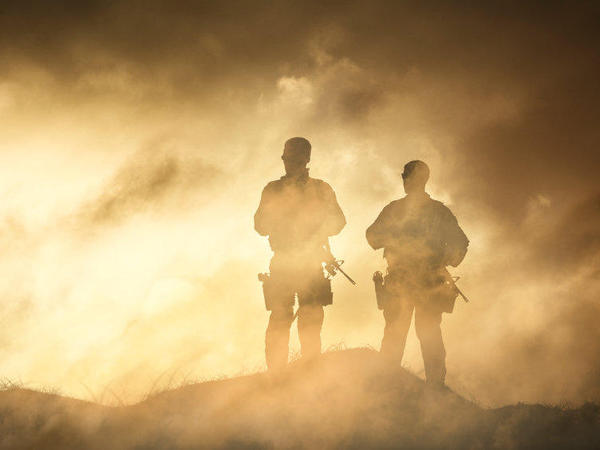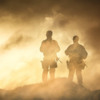Soldiers with Post-Traumatic Stress Disorder (PTSD) — a trauma-induced condition in which individuals experience heightened emotional arousal and anxiety — see a world full of threat.
A new study by Rebecca Todd, and colleagues at the University of British Columbia and the Hospital for Sick Kids in Toronto, shows that that they really do. That is, they experience the presence of real threats the rest of us cannot see.
Todd and team examined Canadian combat veterans — half of whom were diagnosed with PTSD — and also non-veterans using MEG (magnetoencephalography), as the vets performed a perceptual-cognitive task. The task was to name the words in green font in a very rapid serial display of words in normal black font. It's easy to spot the first green word, but if the second word comes very quickly after the first — a matter of a few tenths of a second — normal subjects will tend to be unable to perceive it. This is known as the "attentional blink" (AB) and is thought to reflect the fact that perceivers can't redirect their attention quickly enough.
It is known that words with emotional resonance for subjects are able to resist the effects of the AB. People are more accurate at naming the second target — they are spared the affects of the AB — if the second target is especially meaningful. For example, a person's own name often gives rise to this sort of "emotional sparing," as it is called.
[For more of this story, written by Alva Noe, go to http://www.npr.org/sections/13.7/2015/06/26/417323272/how-trauma-shapes-the-world-we-know]




Comments (0)